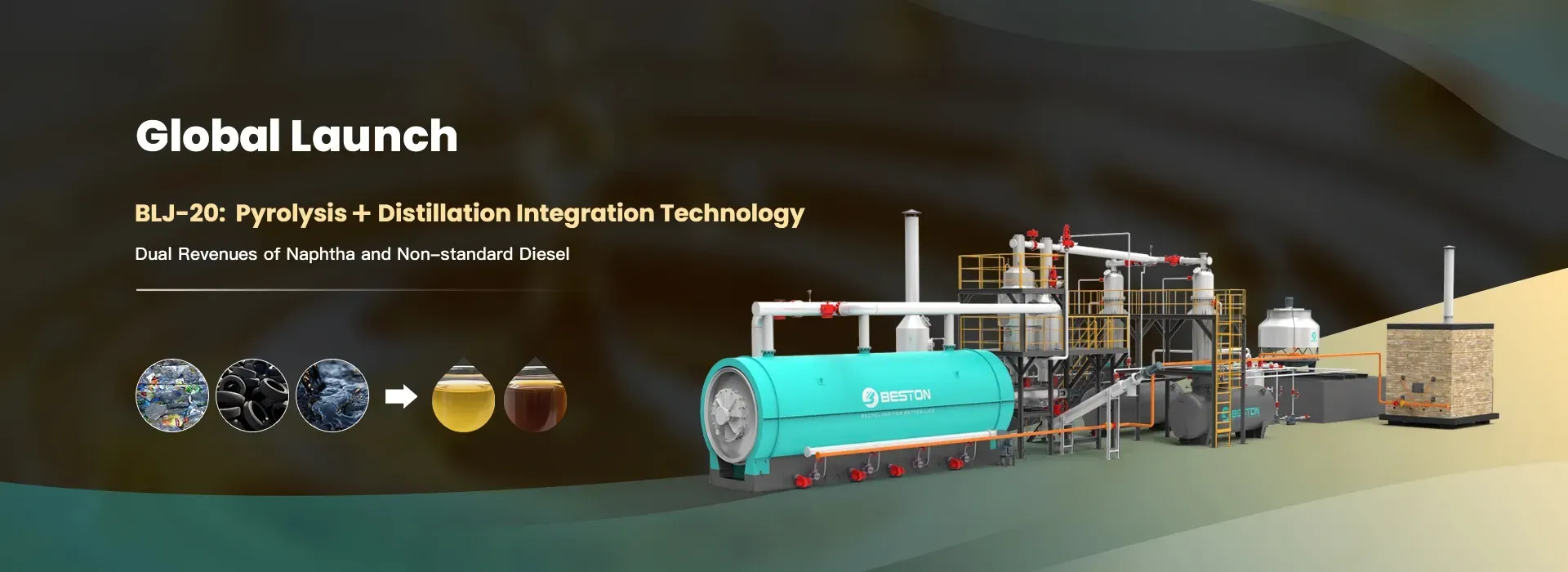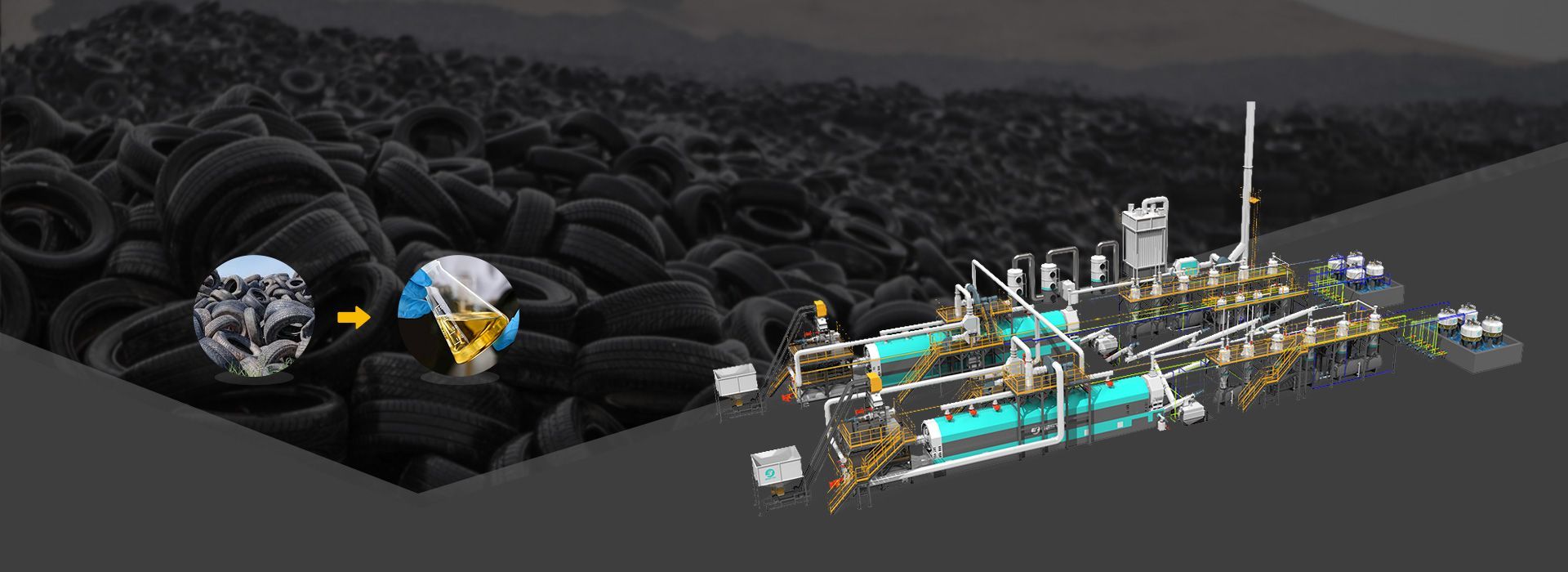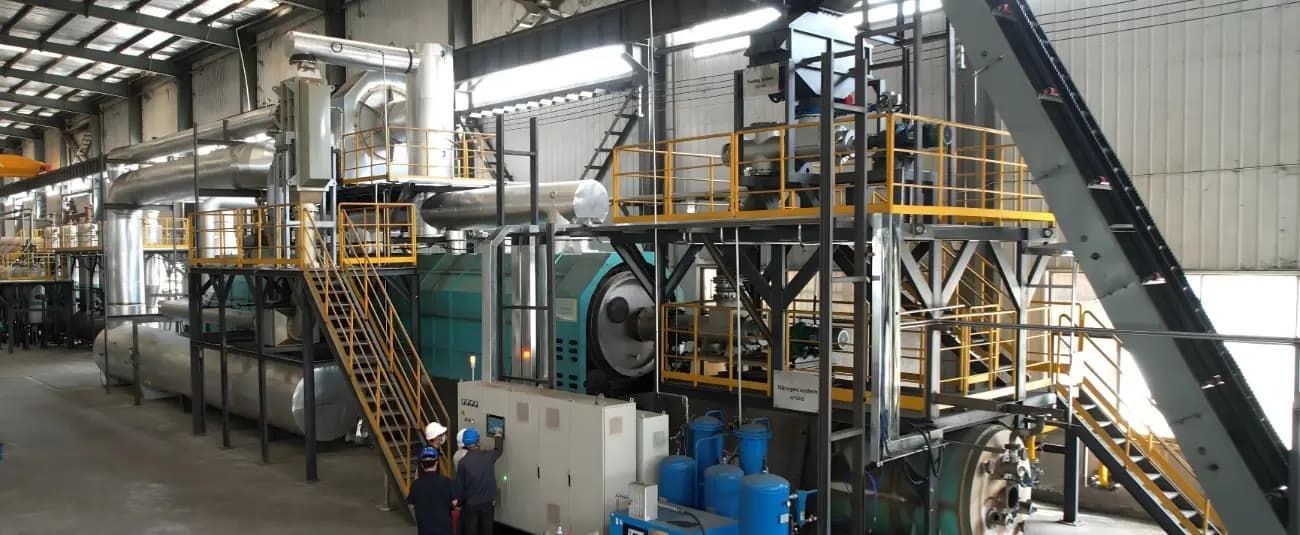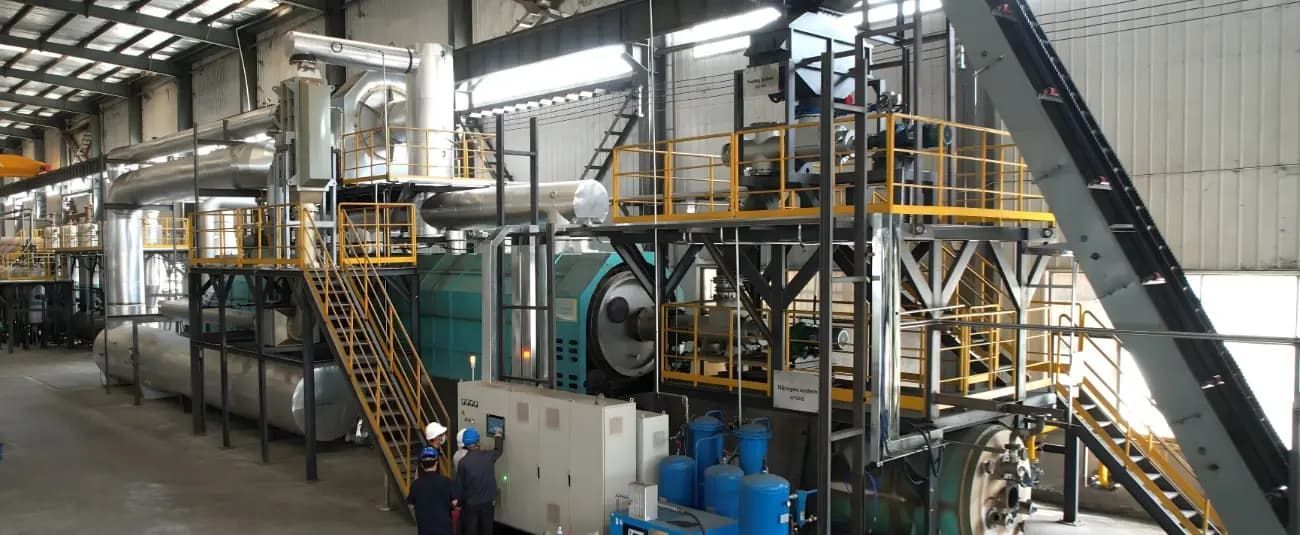The Role of Pyrolysis Technology in Carbon Neutrality Strategies
Achieving carbon neutrality has become a global priority, with governments and industries committed to reducing greenhouse gas emissions and moving toward a sustainable future. Among the many clean technologies available today, pyrolysis technology stands out as a powerful tool that not only manages waste but also contributes directly to climate goals.
What Is Pyrolysis Technology?
Pyrolysis is a thermochemical process that decomposes organic materials such as biomass, plastics, and rubber in the absence of oxygen. Unlike incineration, which releases harmful emissions, pyrolysis converts waste into valuable by-products such as:
- Biochar – a stable form of carbon that can be stored in soil as a carbon sink.
- Pyrolysis oil – a renewable fuel or chemical feedstock.
- Syngas – a clean energy source for electricity and heating.
By transforming waste into energy and recyclable materials, pyrolysis closes the loop of the circular economy while reducing overall carbon emissions.
How Pyrolysis Supports Carbon Neutrality
- Carbon Sequestration through Biochar
Biochar produced from biomass pyrolysis locks carbon into the soil for hundreds of years, effectively removing CO₂ from the atmosphere. - Renewable Energy Generation
Pyrolysis oil and syngas replace fossil fuels in power plants, boilers, and industrial applications, lowering dependence on coal and petroleum. - Waste-to-Resource Transformation
Instead of landfilling or incinerating waste, pyrolysis recycles plastics, tires, and agricultural residues into useful products, reducing methane emissions and landfill pressure. - Industrial Decarbonization
Pyrolysis-derived products provide industries with greener raw materials, supporting sustainable manufacturing and reducing supply chain emissions.
Applications Driving the Green Transition
- Biomass Pyrolysis Plants – converting forestry and agricultural residues into biochar and renewable fuels.
- Plastic Pyrolysis Plants – addressing plastic waste pollution while producing alternative energy.
- Waste Tire Pyrolysis Plants – recycling end-of-life tires into carbon black, oil, and steel.
These applications align directly with carbon neutrality strategies, making pyrolysis an essential part of sustainable development.
Future Outlook
As global carbon neutrality targets tighten, the adoption of pyrolysis plants will continue to grow. With technological advancements such as continuous pyrolysis plant and improved emission control, pyrolysis offers a reliable path to reducing carbon footprints and achieving a net-zero future.









